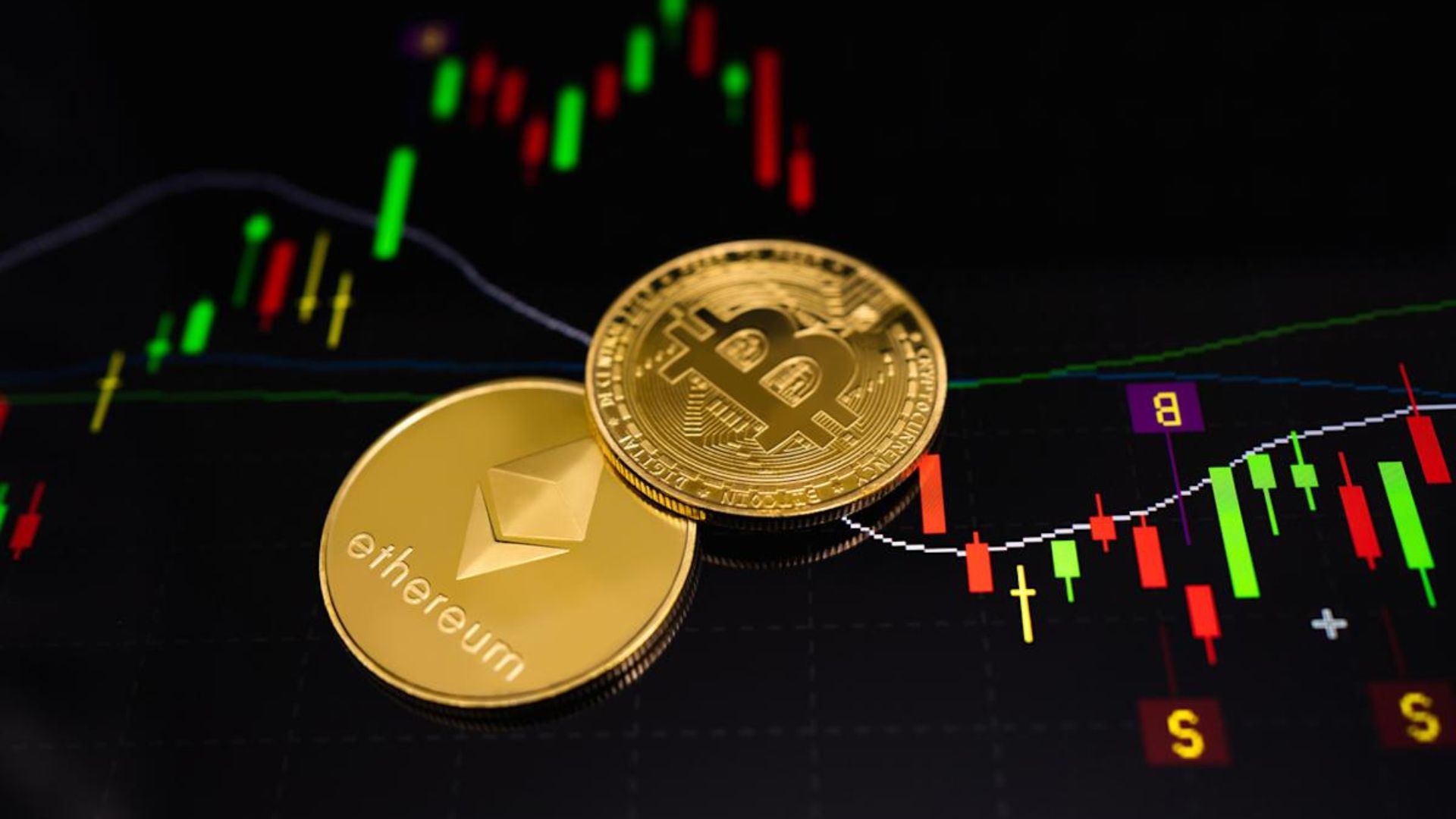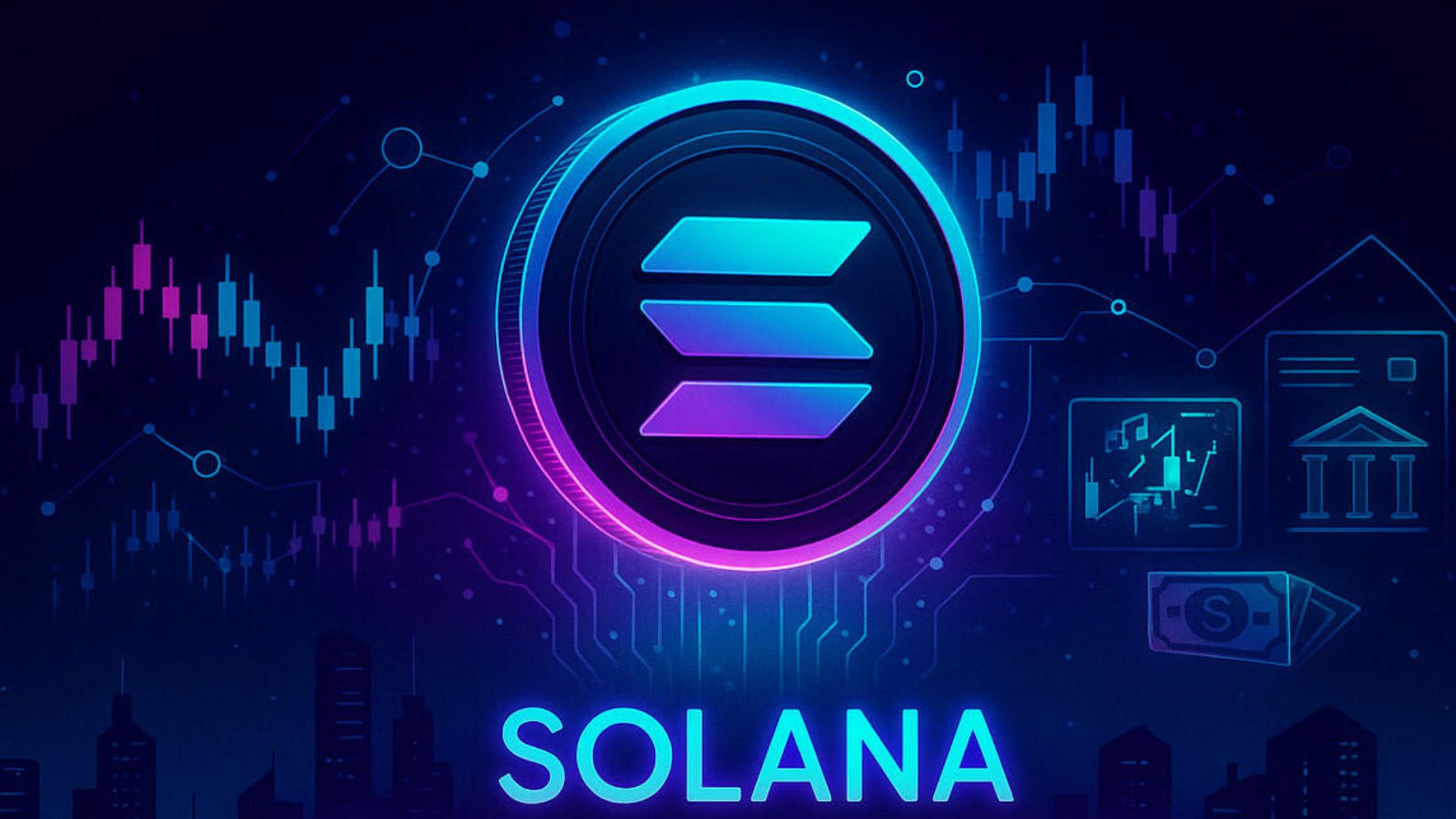In a notable development for the crypto investment landscape, Solana ETFs Hit 4-Day Inflow Streak have recorded their fourth straight day of net inflows, signalling a growing appetite among investors for exposure to Solana via regulated investment vehicles. What once seemed an emerging theme has now gained momentum: capital appears to be rotating away from established assets like Bitcoin and Ethereum, and towards Solana-based funds. This streak of inflows not only reflects shifting market preferences but may also hint at deeper structural changes in investor sentiment across the crypto space.
This article explores the nuts and bolts of this trend: how much money is flowing into Solana ETFs, why capital is rotating, what products are driving the demand, how this relates to staking yield and regulation, and what it all may mean going forward. We’ll also examine risks associated with this surge, as well as potential future scenarios. By the end, you’ll have a clearer view of whether “Solana ETF inflows” are just a fleeting moment or part of something more sustained.
What Are Solana ETFs and Why Do They Matter?
Spot Solana ETFs
A Solana ETF is an exchange-traded fund that gives investors exposure to the price and performance of Solana (SOL) without having to hold the token directly. These funds are regulated vehicles that trade on traditional markets, offering easier access and potentially enhanced credibility compared to holding cryptocurrency on exchanges or wallets.
Spot Solana ETFs typically hold the underlying SOL — meaning their value moves in line with Solana’s market price. The term “spot” differentiates them from futures-based ETFs or derivative-linked products. Because they are accessible via brokerage accounts, ETFs often appeal to institutional investors or retail investors who prefer conventional regulatory frameworks.
Why Inflows Matter
Net inflows into Solana ETFs serve as a proxy for investor confidence in Solana as a long-term narrative. When capital flows in consecutively, it suggests that investors aren’t just chasing short-term momentum, but may be taking a view on the broader Solana ecosystem, including its capability for staking rewards, rapid transaction speed, decentralised applications, and its positioning among alternative layer-1 blockchains.
More importantly, inflows into regulated products can represent a shift in how capital is allocated within the crypto sector — particularly if that capital is leaving Bitcoin- or Ethereum-centric exposure.
The Recent Inflow Streak: What the Data Shows
Four Straight Days of Net Inflows
According to data gathered by SoSoValue and reported in multiple crypto-news outlets, Solana spot ETFs recorded a net inflow of USD 44.48 million on a recent Friday, marking the fourth consecutive day that institutions and investors added fresh capital to Solana-linked ETFs.
Over that period, cumulative inflows into these products have grown to approximately USD 199.2 million, while the overall assets under management (AUM) for these Solana ETFs now surpass USD 502 million.
Comparison with Bitcoin and Ethereum ETF Flows

The inflows to Solana have occurred at a time when Spot Bitcoin ETFs are shedding capital. On the same day that Solana gained USD 44.48 million, Bitcoin ETFs experienced net outflows of USD 191.6 million, reflecting a trend of profit-taking and rotation away from Bitcoin-centric exposure.
Similarly, Ethereum spot ETFs posted outflows (e.g. USD 98.2 million on the same day), reducing cumulative inflows to roughly USD 14.37 billion.
These contrasting flows point to what analysts refer to as capital rotation — investors reallocating assets from the established giants (BTC, ETH) to newer narratives like Solana.
Key ETF Products Leading the Charge
One of the standout funds is Bitwise’s Solana Staking ETF (BSOL), which has gained traction partly because it offers staking yield exposure alongside price appreciation potential.
The idea is that investors may not only benefit from Solana’s price movement but can also receive staking-based yield (estimated at around 7%) through regulated ETF vehicles. That dual exposure — price plus yield — is one of the reasons why Solana ETFs are resonating with investors looking for income-generating crypto exposure.
Additionally, other developments such as the approval of a spot Solana ETF in Hong Kong and the anticipation of Grayscale converting its Solana Trust into an ETF structure further fuel the narrative of growing institutional interest.
What’s Driving the Inflows? Key Catalysts
Capital Rotation & Profit-Taking
One of the central drivers appears to be profit-taking on Bitcoin and Ethereum after strong runs, prompting investors to explore alternative exposure. As BTC and ETH prices stabilise or consolidate, capital flows into newer narratives that may offer upside, coupled with fresh momentum.
This shift is often described by analysts as capital rotation — the movement of funds from traditional or earlier crypto leaders toward up-and-coming protocols that combine yield or novel utility with strong growth potential.
Staking Yields Attracting Interest
A major differentiator for Solana ETFs is the inclusion of staking yield. Traditional ETFs tracking cryptocurrencies may not always embed staking returns, but Solana staking-focused products (e.g. Bitwise’s staking ETF) provide an estimated ~7% yield, making Solana exposure more attractive to yield-oriented investors.
The prospect of earning staking yield via a regulated fund reduces friction for institutions and retail investors alike, as they can benefit from income-generating features without managing nodes or direct staking logistics. Favourable
Regulatory Momentum
Regulatory developments are also contributing to the momentum. For example, the approval of a spot Solana ETF in Hong Kong demonstrates that jurisdictions beyond the U.S. are embracing Solana-based investment vehicles.
Moreover, talk of converting existing trusts (such as Grayscale’s Solana Trust) into formal ETF structures suggests that issuers expect favourable regulatory treatment or investor appetite for a standardised ETF wrapper rather than a trust format.
Investor Sentiment & Narrative Strength
Beyond yield and regulation, investor sentiment is being shaped by Solana’s positioning: its fast blockchain, growing usage in decentralised finance, non-fungible token applications, as well as competition with other layer-1 platforms. As more real-world use cases and developer interest converge, Solana is increasingly seen as more than a speculative altcoin — it’s emerging as part of the long-term infrastructure layer.
Coupled with the ETF inflows, that narrative strengthens the case that Solana is being regarded more as a foundational asset rather than simply a high-volatility speculative token.
Implications & Potential Risks
What It Means for Solana Price & Ecosystem

Sustained inflows into Solana ETFs could exert upward pressure on its price, especially if institutional players continue to buy and hold. The positive feedback loop may encourage more developers, projects, and infrastructure investment in the Solana ecosystem.
Moreover, as ETFs become a more common access point for investors who otherwise don’t directly buy SOL, the liquid demand facilitated through regulated markets could add stability and legitimacy to Solana’s growth path.
Could This Trend Be Sustained?
While a four-day inflow streak is an encouraging signal, several variables could influence whether it becomes a sustained trend:
-
Macro conditions: Interest rates, central bank policy, inflation data, or geopolitical events could trigger volatility or risk-off flows that reverse capital rotation.
-
Regulatory shifts: Although progress is being made, any unfavourable regulatory decision — such as stricter oversight or bans — could dampen investor appetite for crypto ETFs broadly.
-
Competition from other crypto products: Other altcoins or staking-enabled protocols could launch competing ETFs or yield-rich products, reducing Solana’s relative appeal.
-
Volatility and sentiment shifts: Rapid upward swings often attract short-term speculative flows. If sentiment shifts (positively or negatively), that could amplify reversals.
How Investors Might Respond
Some investors may increase their exposure to Solana via ETFs as part of a diversified crypto portfolio, especially those seeking both exposure and yield. Others might view this as a signal to allocate more towards emerging blockchain ecosystems, reducing reliance on Bitcoin/Ethereum dominance.
Institutional investors may also push for further innovation in ETF structures (for example, multi-layer-1 baskets, yield-generating ETFs, or hybrid products) to capitalise on this evolving interest trend.
Future Outlook: What to Watch Next
Looking ahead, several developments could shape the trajectory of Solana ETF inflows:
-
More ETF launches or approvals — both domestic and international. If more issuers bring staking-enabled or spot Solana ETFs to market, inflows may accelerate further.
-
Broader regulatory clarity — especially in the U.S. and Asia. Clear guidance around custody, staking rights, and ETF structures could unlock institutional engagement at a higher scale.
-
Price performance & market cycles — if Solana’s price rally continues or its ecosystem growth accelerates (e.g. via DeFi or NFT usage), that may validate investor confidence and sustain flows.
-
Competition from other staking-yield blockchains or crypto ETFs — for example, Layer-1s with staking yield or newer products may capture capital rotation away from Solana if they offer better yield, lower risk, or superior technology.
-
Macro-economic headwinds — global interest rates, regulatory shifts, or a slowdown in risk appetite could reverse flows or slow momentum.
Overall, while the recent streak of consecutive inflows is an encouraging sign, the long-term impact will depend on how these catalysts evolve — and whether investor appetite remains aligned with Solana’s growth narrative.
Conclusion
The four-day inflow streak into Solana ETFs is more than just a momentary blip — it reflects shifting capital allocations, growing appetite for staking-enabled crypto exposure, and evolving investor narratives that extend beyond Bitcoin and Ethereum. While it’s too early to declare a wholesale shift in the crypto capital landscape, the combination of staking yield, regulatory momentum, and narrative strength suggests that Solana may be carving out a stronger role in the ETF-accessible crypto investment universe.
For investors and watchers of the crypto market, this trend warrants careful attention. It may signify the early stages of a broader movement toward diversified blockchain exposure, income-generating crypto investment tools, and a maturing ecosystem that competes beyond speculation. That said, macro-economic headwinds, regulatory uncertainty, and evolving competition all remain potential roadblocks.
As Solana ETFs continue to accumulate capital, the coming weeks and months will be crucial in determining whether this inflow streak becomes part of a longer-term shift — or remains a short-lived rotation. For those seeking exposure to emerging blockchain narratives with staking yield baked in, Solana ETFs now deserve serious consideration.
FAQs
Q: Are Solana ETFs available globally?
While Solana ETF approvals are progressing in various jurisdictions, availability varies by region. For example, Hong Kong recently approved its first spot Solana ETF, expanding access beyond U.S.-centric offerings.
Q: How does staking yield in Solana ETFs work?
Staking-enabled Solana ETFs (such as Bitwise’s staking version) distribute the rewards earned via staking SOL tokens on behalf of ETF holders. This yields additional returns (around 7% as referenced) on top of price appreciation — a key difference from pure price-tracking ETFs.
Q: Why are Bitcoin and Ethereum ETFs seeing outflows while Solana is seeing inflows?
In many cases, established assets like Bitcoin and Ethereum have already enjoyed strong performance. Some investors are taking profits and reallocating capital toward newer narratives (e.g. Solana) that may offer fresh upside or yield. This process is known as capital rotation.
Q: Could the inflows reverse suddenly?
Yes. Sudden macroeconomic shifts, regulatory changes, or volatility spikes in broader equity or crypto markets could trigger reversals. Investor sentiment is often sensitive to external shocks, so what looks like a sustained inflow streak could reverse rapidly under unexpected news.
Q: Should I invest in Solana ETFs now?
That depends on your investment goals, risk tolerance, and expectations. If you’re seeking regulated exposure to Solana with yield potential and believe in its long-term narrative, Solana ETFs may be a compelling option. However, as with all crypto-linked investments, they carry volatility and regulatory risk. Always conduct your own research and consider how the investment fits into your overall portfolio strategy.
Read more: Moon Birds BIRB Token Soars to Solana Blockchain




